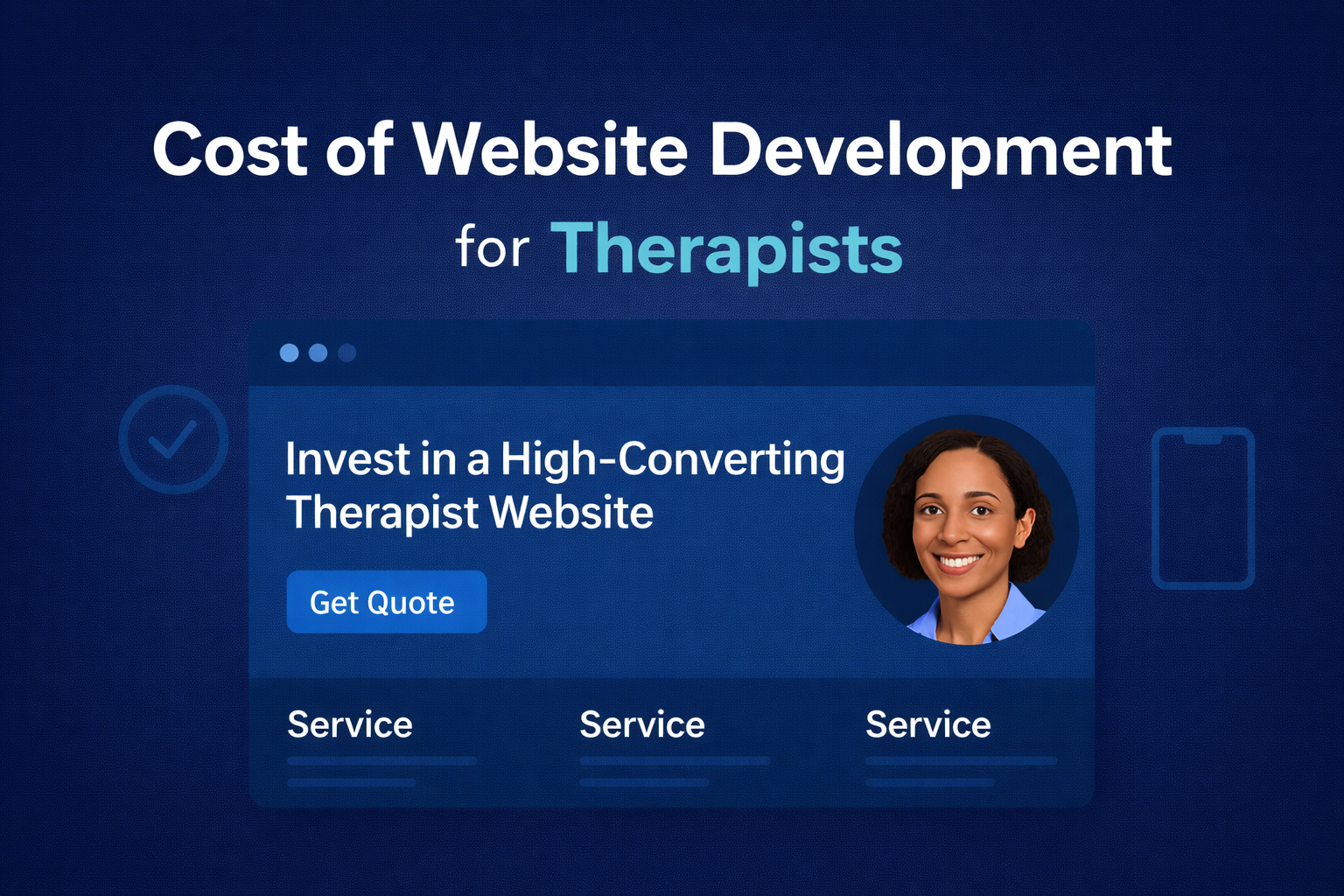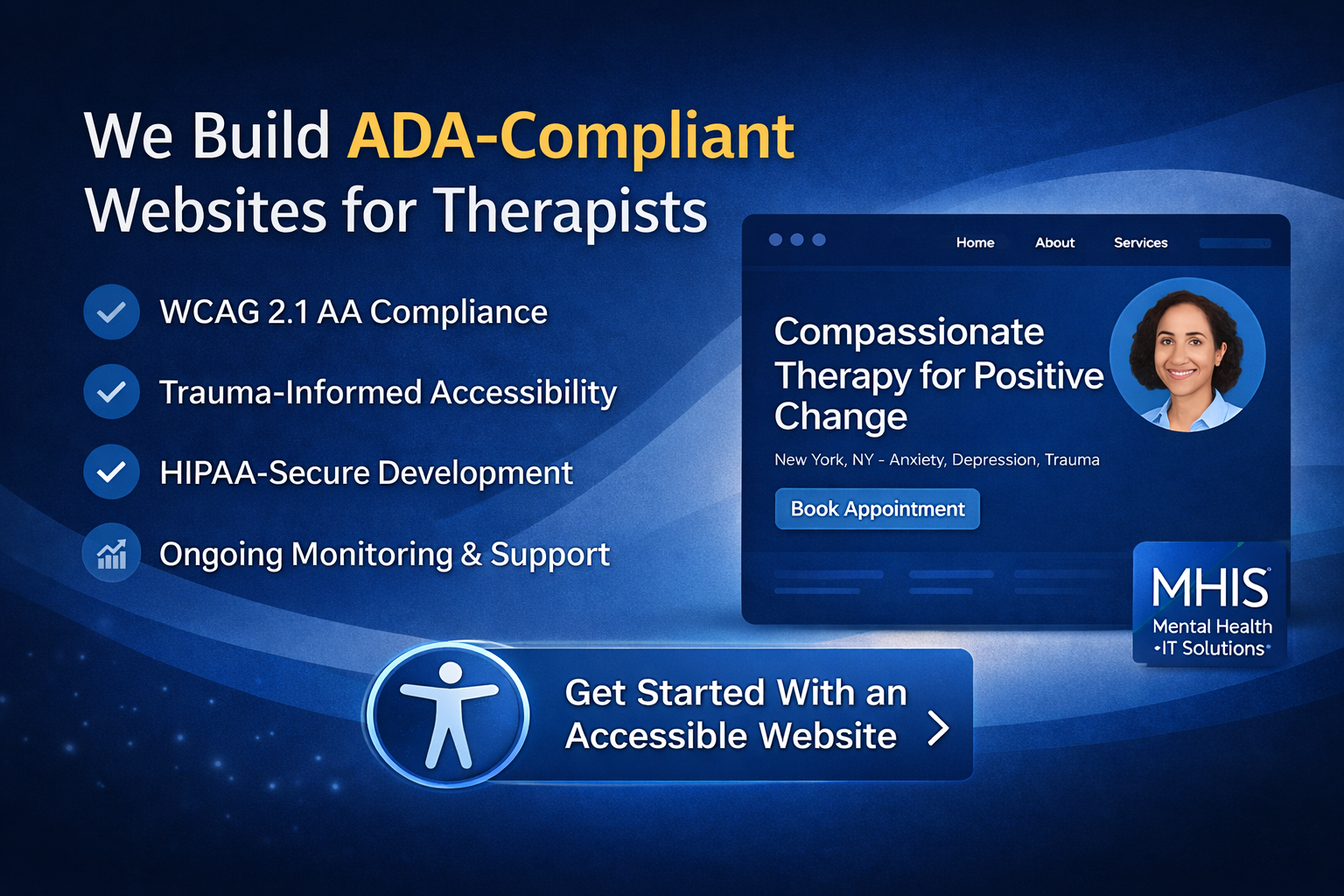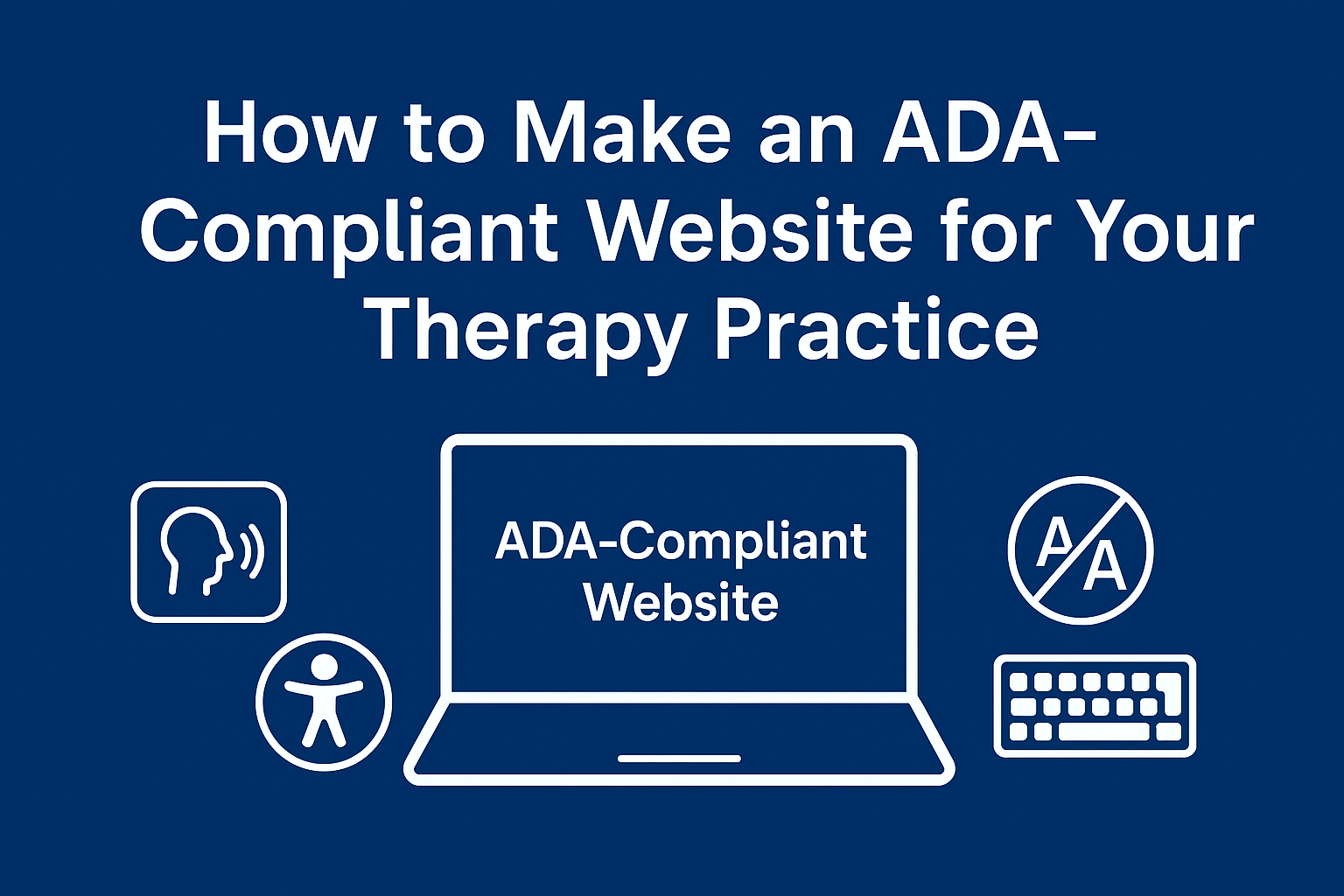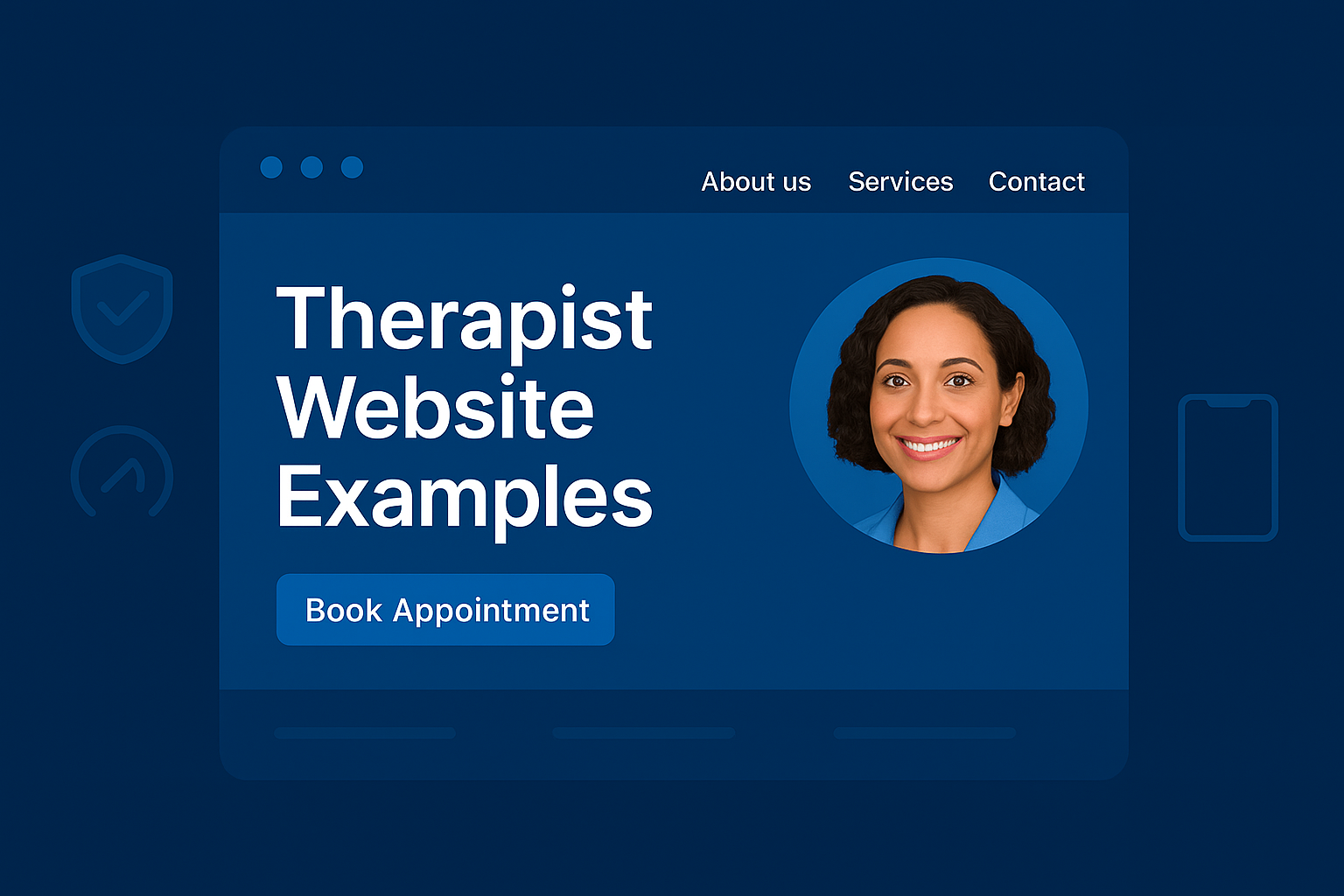When clients search using voice assistants, they say things like:
- “Do you offer therapy for anxiety?”
- “Can I get couples counseling online?”
- “What services does a therapist offer near me?”
If your services page doesn’t clearly answer those questions, you’re losing clients before they even contact you.
In 2025, a high-converting services page isn’t just about listing what you offer — it’s about speaking to client pain points, ranking in search, and guiding action.
Here’s how to create a therapy services page that shows up in voice search and converts.
1. Use Clear, Conversational Titles
Ditch vague labels like “Services” or “What I Do.” Instead, structure your page with specific, voice-friendly headers like:
- “Do You Offer Therapy for Depression?”
- “Can I Get Help for Trauma Online?”
- “What Types of Counseling Services Do You Provide?”
These match real spoken queries and increase your chances of ranking in Google voice search results.
📌 See SEO in action: SEO for Therapists: Attract the Right Clients
2. Write for Voice Search — Not a Brochure
Instead of writing academic or overly clinical language, speak directly to the client.
Example:
❌ “Our psychotherapy modalities include psychodynamic and CBT.”
✅ “I use proven tools like CBT and trauma-informed therapy to help you feel more in control of your life.”
Answer questions in 50–60 word blocks for quick voice-read snippets.
📌 Helpful Post: The Role of SEO in Helping LMFTs Get Found Online
3. Break Services Into Sections with Anchored Navigation
Use short, scannable blocks with links that let users (and search engines) jump to:
- Anxiety Therapy
- Trauma & PTSD Counseling
- Couples or Relationship Therapy
- Online Therapy (Telehealth)
Include a short intro + CTA for each:
“Struggling with anxious thoughts? I offer anxiety therapy online and in person. [Book now].”
📌 Design Reference: High-Converting Teletherapy Website
4. Add Location and Availability Details
Don’t bury the basics. On each service:
- List your location (“Serving clients in Chicago and across Illinois via telehealth”)
- Mention availability (“Evening sessions available on weekdays”)
- Use voice-optimized language
Google prefers pages that answer:
- “Do you have evening appointments?”
- “Is this therapist near me available for trauma therapy?”
📌 Local Focus: Marketing for LMFTs
5. Include Testimonials or Success Statements (Ethically)
Without revealing PHI or breaching ethics, you can still add social proof:
- Anonymous client quotes
- “What clients say” section
- Google review embed plugin
Voice search pulls testimonials too. Phrases like “helped me manage anxiety” often trigger featured snippets.
📌 See More: Build Your LMFT Online Presence in 2025
6. Use Strong Calls to Action Throughout the Page
Your page isn’t just to inform — it’s to convert. Use CTA buttons after each section:
- “Schedule Your Free Intro Call”
- “Book a Virtual Session Today”
- “Start Therapy — Click to Get Started”
Keep CTAs voice-friendly and result-oriented.
📌 Tip: Build a HIPAA-Compliant Teletherapy Website
7. Connect to Relevant Blog Content for SEO + Trust
Link your service descriptions to helpful blog posts:
- “What is EMDR Therapy Like?”
- “Is Couples Counseling Worth It?”
- “How to Know If You Need Anxiety Treatment”
This improves internal SEO and answers client questions in real time.
📌 Content Plan: Content Marketing for Psychologists
Final Thoughts
Your services page is often the second most visited page on your website, after the homepage. If it doesn’t clearly answer voice search queries or guide clients toward action, you’re missing opportunities every day.
At Mental Health IT Solutions, we specialize in building voice-ready, SEO-powered service pages that convert browsers into booked sessions.







